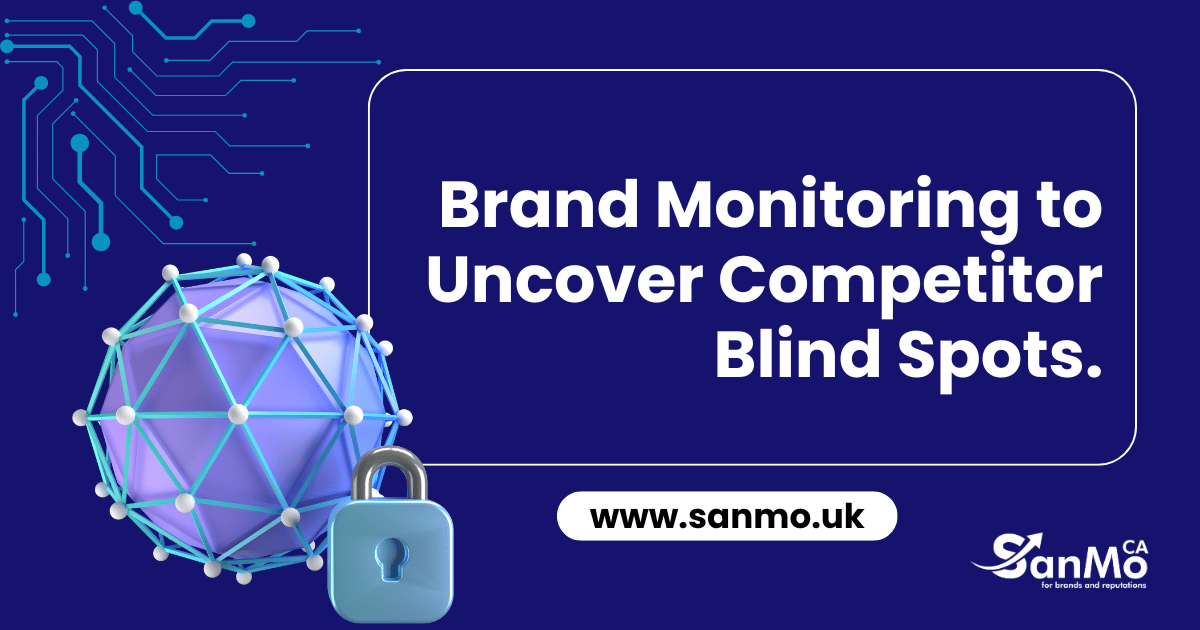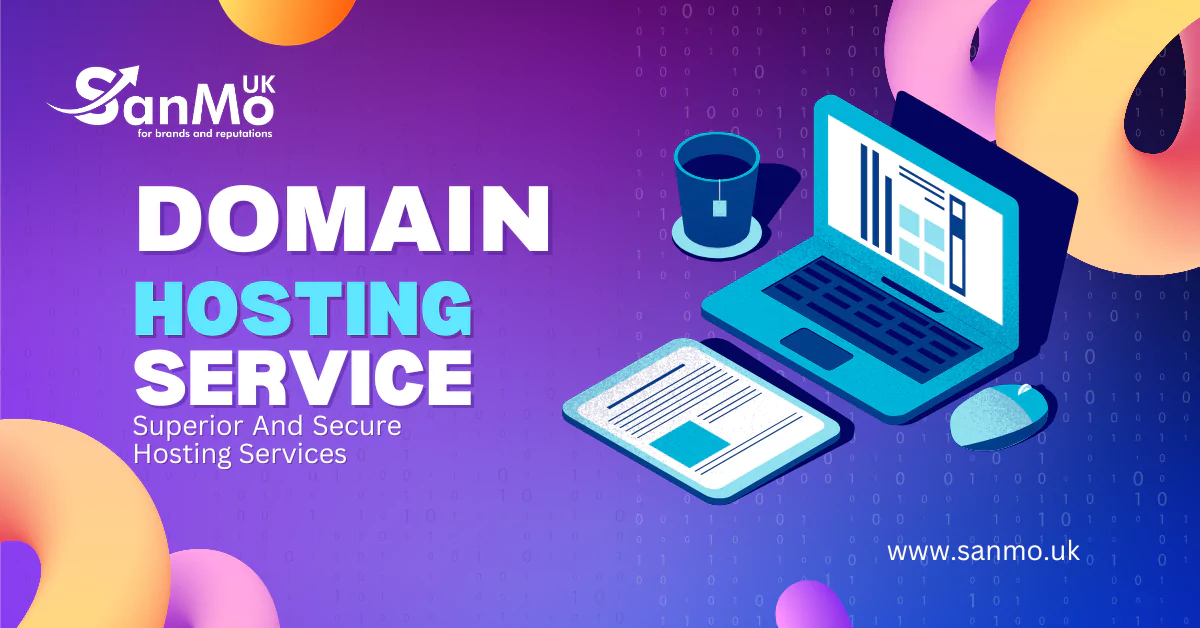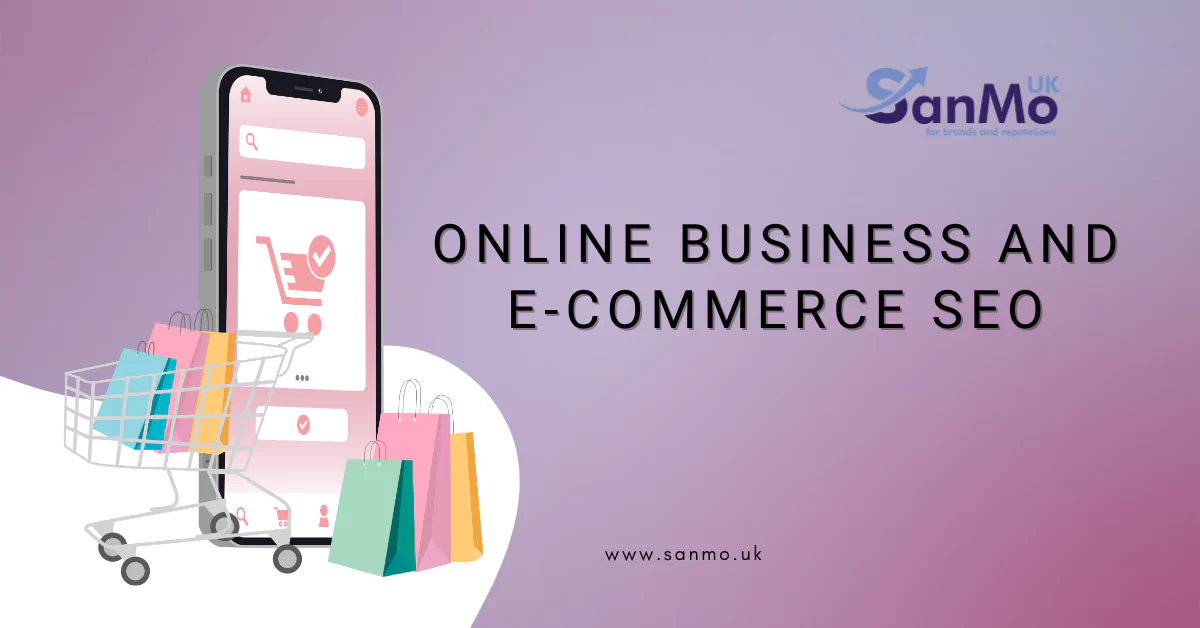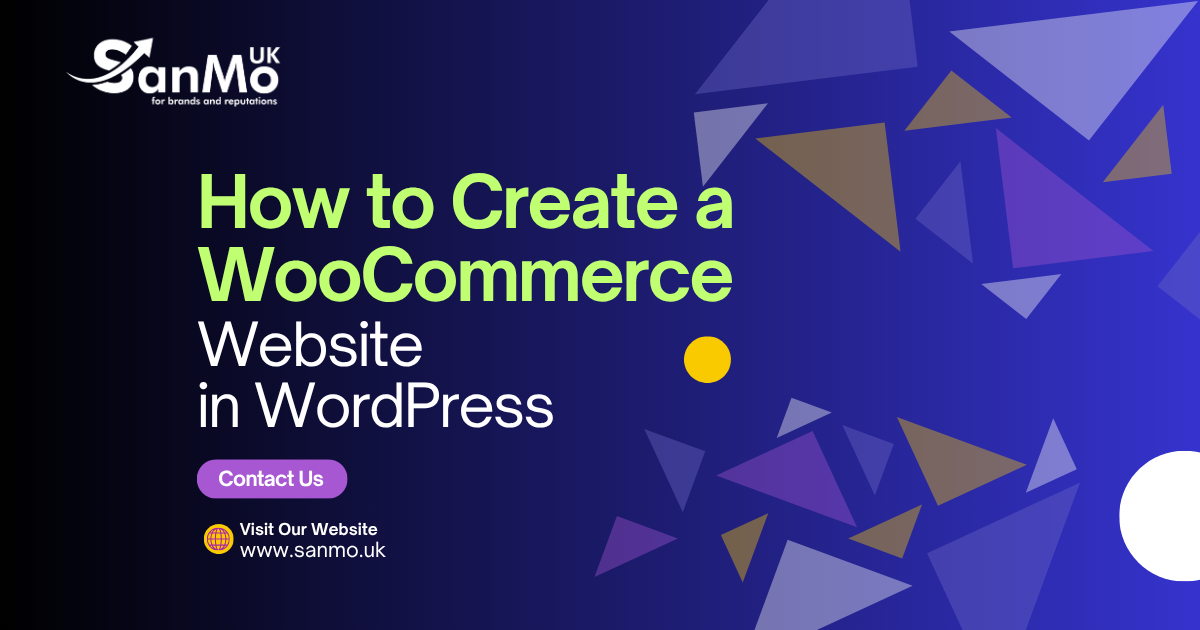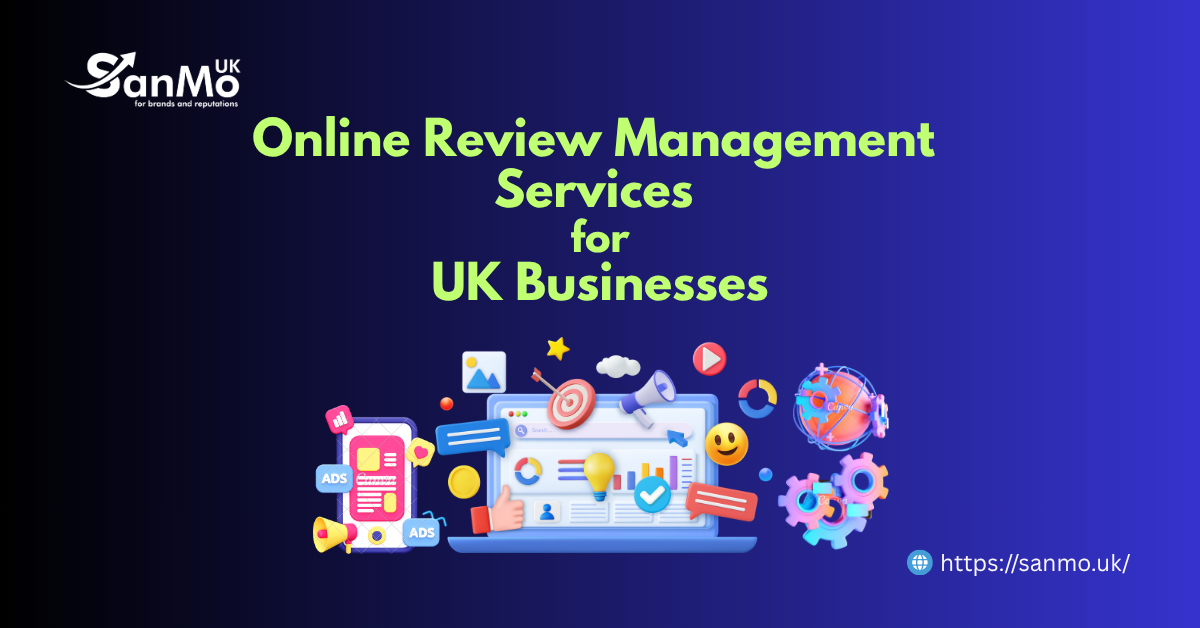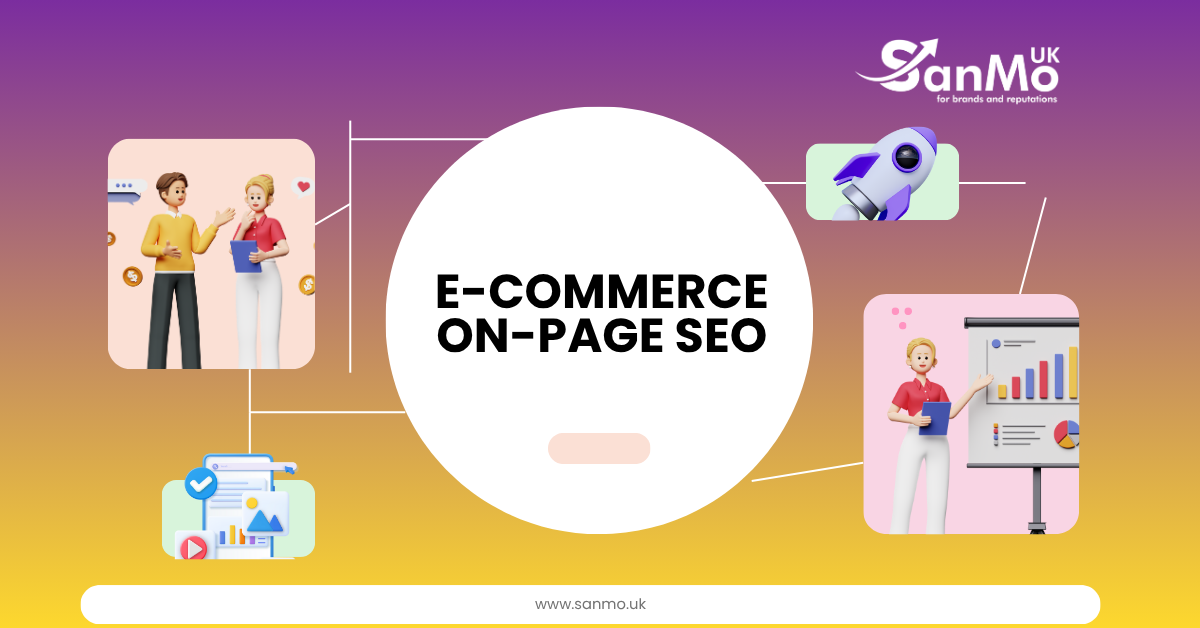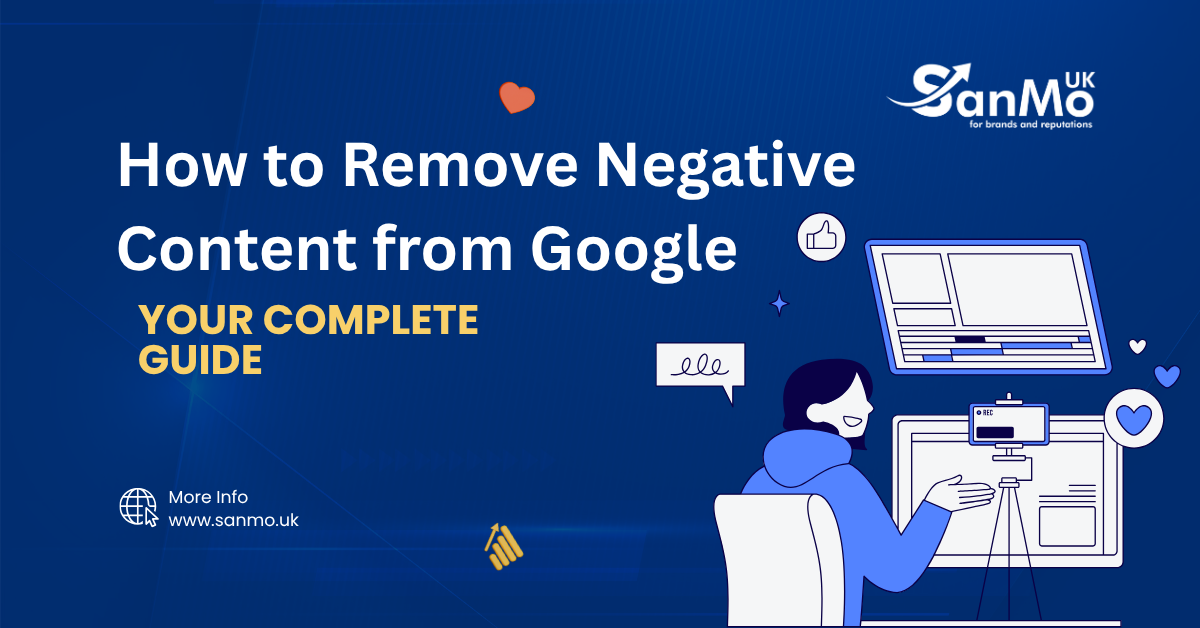Every conversation about your competitors contains valuable intelligence that most businesses completely overlook. While companies spend thousands on market research reports, the most actionable insights flow freely through social media posts, customer reviews, and industry forums.
Your competitors leave digital breadcrumbs everywhere they operate. These traces reveal their strategies, weaknesses, and missed opportunities. The challenge isn’t finding this information – it’s knowing how to collect and interpret it systematically.
Smart businesses have discovered that brand monitoring extends far beyond protecting their own reputation. When applied strategically, it becomes a powerful competitive intelligence system that exposes market gaps and reveals untapped opportunities.
Mapping the Competitive Landscape
Traditional competitive analysis relies on surface-level observations like pricing pages and product announcements. Brand monitoring digs deeper, revealing the real customer experience behind polished marketing messages.
Customer complaints about competitors highlight service gaps that your business could fill. When people express frustration with slow response times, complicated processes, or missing features, they’re essentially creating a roadmap for your competitive advantage.
Positive mentions reveal what competitors do well, but they also show where customers set their expectations. Understanding these benchmarks helps you determine where to match industry standards and where to exceed them dramatically.
The timing of competitive mentions often correlates with business events like product launches, pricing changes, or service disruptions. This pattern recognition helps you anticipate market movements and position your business accordingly.
Uncovering Service and Product Gaps
Customers rarely complain directly to businesses about missing features or services. Instead, they vent their frustrations in online communities, social media groups, and review platforms where they feel safe expressing honest opinions.
These conversations reveal genuine market needs that competitors haven’t addressed. A recurring complaint about a competitor’s customer service hours might indicate demand for extended support. Frequent mentions of missing integrations could highlight technical opportunities.
The language customers use when discussing competitor shortcomings provides invaluable insight into their priorities and pain points. Pay attention to emotional language – words like “frustrated,” “disappointed,” or “confused” signal areas where significant improvement opportunities exist.
Industry-specific forums and professional networks often contain detailed discussions about vendor limitations and workarounds. These conversations reveal sophisticated user needs that mainstream marketing research typically misses.
Analyzing Customer Sentiment Patterns
Sentiment analysis reveals more than simple positive or negative reactions. It uncovers the emotional journey customers experience with competing brands throughout their relationship lifecycle.
Initial excitement about new customer acquisitions might fade into frustration during onboarding processes. Satisfaction with core products might coexist with annoyance about billing practices or support experiences. These nuanced patterns expose specific intervention points where your business could deliver superior experiences.
Seasonal sentiment variations often reflect capacity limitations or resource allocation issues within competitor organizations. A company that receives praise during slow periods but criticism during busy seasons likely struggles with scalability.
Geographic sentiment differences might indicate regional service variations or local market misunderstandings. Competitors who excel in major cities but struggle in smaller markets leave obvious expansion opportunities for nimble businesses.
Identifying Strategic Blind Spots
Every business has blind spots – areas where leadership assumptions don’t match customer reality. Brand monitoring exposes these disconnects through authentic customer voices expressing unfiltered opinions.
Technology companies might focus obsessively on feature development while customers actually crave simpler interfaces. Service businesses might emphasize speed while customers value thoroughness more highly. These misalignments create openings for competitors who better understand true customer priorities.
Communication blind spots emerge when companies use industry jargon that confuses their target audience. Customers expressing uncertainty about competitor offerings or services indicate messaging problems that clearer communication could exploit.
Market timing blind spots appear when companies launch products or services that don’t align with customer readiness or seasonal needs. Understanding these mismatches helps you time your own initiatives more strategically.
Leveraging Competitive Intelligence for Strategy
The insights gained from competitor monitoring only create value when they inform strategic decisions. Raw intelligence must transform into actionable business strategies that capitalize on discovered opportunities.
Product development benefits enormously from understanding competitor limitations and customer wishes. Features that customers frequently request from competitors represent validated market demand with built-in customer education.
Marketing positioning becomes more precise when you understand the exact language customers use to describe competitor shortcomings. This vocabulary provides ready-made messaging that resonates with prospects already familiar with industry problems.
Sales teams gain powerful ammunition when they understand specific competitor weaknesses and customer pain points. This knowledge enables consultative selling approaches that address known frustrations rather than generic feature comparisons.
Advanced Monitoring Techniques
Sophisticated brand monitoring goes beyond basic keyword tracking to capture nuanced competitive intelligence. Advanced techniques involve monitoring competitor employee movements, partnership announcements, and strategic hiring patterns.
Executive social media activity often reveals strategic priorities and market perspectives that official company communications never disclose. Industry conference presentations and speaking engagements provide insights into future direction and thought leadership positioning.
Patent filings and trademark applications offer glimpses into future product development and market expansion plans. These public records help you anticipate competitive moves months or years before they materialize.
Supplier and partner ecosystem monitoring reveals relationship changes that might indicate strategic shifts or operational challenges. New partnerships might signal expansion into adjacent markets, while partnership terminations could indicate strategic pivots.
Transforming Insights into Market Advantage
The most successful businesses don’t just collect competitive intelligence – they act on it swiftly and strategically. Speed often determines whether discovered opportunities remain available or get claimed by other alert competitors.
Market entry timing becomes more precise when you understand competitor resource allocation and strategic focus. Entering markets where competitors are distracted or under-invested increases your chances of establishing strong positions.
Partnership opportunities emerge when you identify gaps in competitor ecosystems. Vendors, suppliers, or service providers expressing frustration with current relationships might welcome new partnership discussions.
Talent acquisition benefits from understanding competitor organizational challenges and employee satisfaction levels. Industry professionals seeking new opportunities often bring valuable insider knowledge about market conditions and customer needs.
Building Systematic Intelligence Operations
Effective competitive intelligence requires systematic approaches rather than ad-hoc monitoring efforts. Establish regular monitoring schedules and reporting structures that ensure important insights don’t get overlooked or forgotten.
Cross-functional intelligence sharing maximizes the value of discovered insights. Sales teams need different information than product development groups, but both benefit from understanding competitive landscape changes.
Historical intelligence tracking reveals pattern development and strategic evolution within competitor organizations. Understanding these trends helps predict future moves and prepare appropriate responses.
At sanmo.uk, we’ve seen how systematic competitive intelligence transforms business strategy from reactive guesswork into proactive market positioning.
Ethical Intelligence Gathering
Competitive intelligence gathering must remain ethical and legal while still providing actionable insights. Focus on publicly available information and authentic customer feedback rather than attempting to access confidential business information.
Transparency about your monitoring activities helps build trust with customers and industry partners. Companies that operate openly while gathering competitive intelligence often receive voluntary information sharing from satisfied customers and business partners.
Professional courtesy extends to avoiding deliberately misleading competitors or engaging in deceptive information gathering practices. The goal is understanding market dynamics, not creating unfair competitive disadvantages through questionable methods.
Seizing the Competitive Edge
Brand monitoring reveals competitor blind spots that represent genuine business opportunities for companies willing to act decisively. The businesses that capitalize on these insights while competitors remain unaware gain sustainable competitive advantages.
Market leadership often goes to companies that spot opportunities first and execute solutions most effectively. Brand monitoring provides the early warning system that enables this strategic positioning.
Your competitive advantage lies not just in having better products or services, but in understanding market dynamics more clearly than your rivals. This understanding comes from listening systematically to the conversations happening around your industry every single day.
The opportunities are there, waiting in the digital conversations flowing continuously through social networks, review sites, and industry forums. The question isn’t whether valuable competitive intelligence exists – it’s whether your business will capture and act on it before someone else does.

